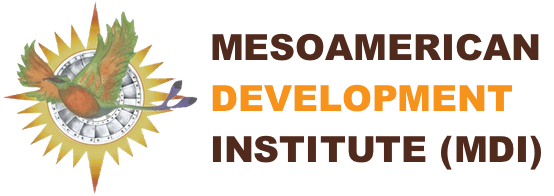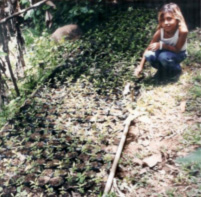An evaluation of the contribution of cultivated allspice (Pimenta Dioca) to vertebrate biodiversity conservation in Nicaragua
Biodiversity Conservation 2007:16: 1299–1320. David King, Martin Hernandez-Mayorga, Richard Trubey, Raul Raudales, John H. Rappole
Button Text
Tropical deforestation has emerged as one of the most important conservation challenges of our time, both because of the high species diversity and rates of endemism of these habitats, and because of the rapid rate at which this process is proceeding. Recent studies indicate that areas of low-intensity agroforestry have similar levels of vertebrate diversity as some primary habitats, leading some researchers and conservationists to conclude that this type of commodity production could contribute to the conservation of biodiversity. We compared the composition of bird, mammal and herpetofaunal communities in primary forest, secondary forest, and pasture—and within the allspice productive systems that have replaced pasture. We found that mammal species richness was higher in primary forest than all other habitats, however for resident and migrant birds, amphibians and reptiles, species richness was similar between primary forest and the other habitats. Despite similarities in overall numbers of species, there were numerous species that were encountered only in primary habitats. We conclude that the cultivation of allspice in a mixed productive system can offset some of the losses to biodiversity, however, it should be complemented by the establishment and maintenance of protected areas to accommodate populations of primary forest specialists that are unable to persist in altered habitats.


